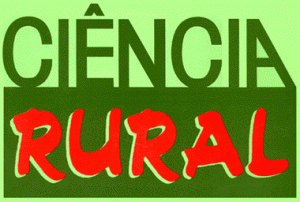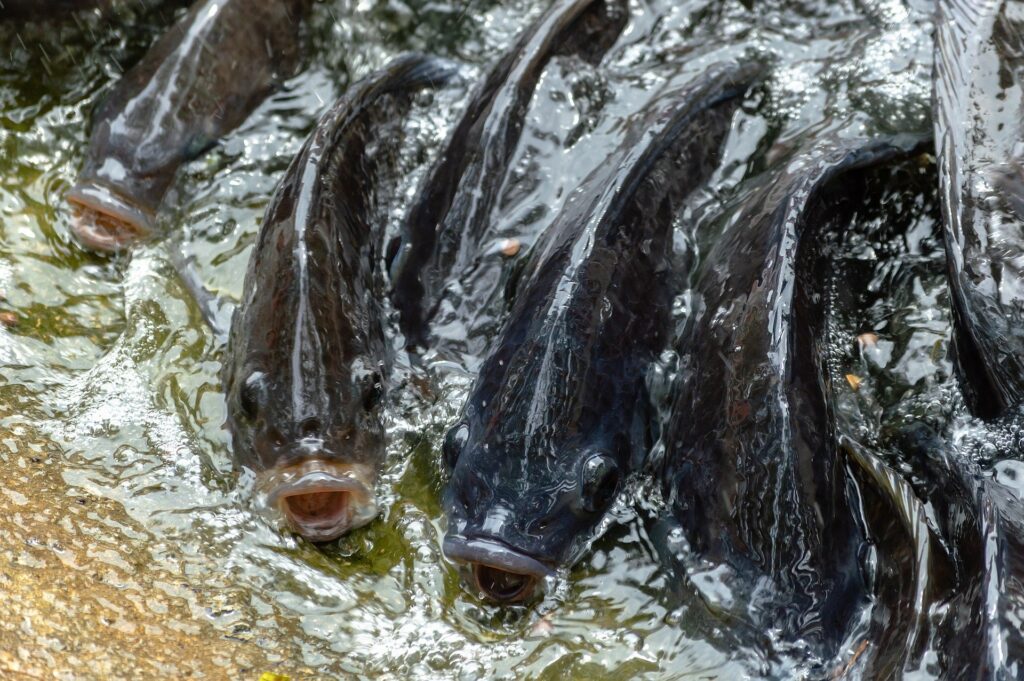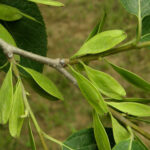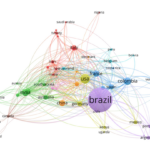Maria Luiza De Grandi, journalist of Ciência Rural. Santa Maria, Rio Grande do Sul, Brazil.
Maria Lúcia Guerra Monteiro, Postdoctoral at the Institute of Chemistry, Universidade Federal do Rio de Janeiro (UFRJ). Rio de Janeiro, Brazil.
 As one of the most cultivated freshwater species in the world, Nile tilapia reaches a global production of 1.6 million tonnes, according to the Food And Agriculture Organization (FAO). Tilapia is also widely consumed as food, being the protagonist of several dishes in cooking.
As one of the most cultivated freshwater species in the world, Nile tilapia reaches a global production of 1.6 million tonnes, according to the Food And Agriculture Organization (FAO). Tilapia is also widely consumed as food, being the protagonist of several dishes in cooking.
According to Mancini & Hunt (2005), the color of the meat is the main sensory parameter that influences the consumer’s purchase decision in the retail markets. Tilapia, however, has a dark muscle on the side that can oxidize and cause the meat to darken. In order to compare the color and oxidative stability of light and dark tilapia muscles, researchers from Universidade Federal do Rio de Janeiro (UFRJ), Universidade Federal Fluminense (UFF) and Fundação Oswaldo Cruz developed the research “Instrumental color and oxidative stability of light and dark muscles of Nile tilapia”, published in Ciência Rural (vol. 50, no. 11).
For the analysis, five different repetitions of samples of the tilapia muscles were used, stored at 4º C for eight days. The samples were analyzed for color attributes, myoglobin concentration, total lipids, fatty acid profile, metomyoglobin reduction activity (MRA), pH, lipid oxidation and protein oxidation.
The results obtained demonstrated that the dark muscular portion present in tilapia fillets presents less oxidative stability when compared to the light muscular portion, during refrigeration. According to researchers Fernanda Medeiros Viana and Maria Lúcia Guerra Monteiro, the results can be explained by the higher oxidation of lipids and proteins in the dark muscle portion, induced by the higher levels of lipids, monounsaturated fatty acids and myoglobin, which leads to greater accumulation metomyoglobin and, consequently, less color stability.
In practice, research can assist in creating strategies to improve the quality and commercial value of tilapia fillets and other derived products. “Color is the main sensory parameter evaluated by consumers when purchasing meat products. Therefore, since tilapia products are mainly distributed in transparent plastic packaging, it is important to study the possible color changes that can harm the commercial value of these products.”, explain Fernanda and Maria Lúcia.
References
BAE, J. H. and LIM, S. Y. Chemical composition, antiproliferative and antioxidant properties of lipid classes in ordinary and dark muscles from chub mackerel (Scomber japonicus). Food and Chemical Toxicology [online]. 2012, vol.50, no.3-4, pp.823-828 [viewed 14 April 2021]. https://doi.org/10.1016/j.fct.2011.12.038. Available from: https://www.sciencedirect.com/science/article/abs/pii/S0278691512000026?via%3Dihub
CHAIJAN, M. et al. Characterisation of muscles from Frigate mackerel (Auxis thazard) and catfish (Clarias macrocephalus). Food Chemistry [online]. 2013, vol.139, no.1-4, pp.414-419 [viewed 14 April 2021]. https://doi.org/10.1016/j.foodchem.2013.01.111. Available from: https://www.sciencedirect.com/science/article/abs/pii/S0308814613001477?via%3Dihub
KARLSDOTTIR, M. G. et al. Effect of thermal treatment and frozen storage on lipid decomposition of light and dark muscles of saithe (Pollachius virens). Food Chemistry [online]. 2014, vol.164, pp.476-484 [viewed 14 April 2021]. https://doi.org/10.1016/j.foodchem.2014.05.068. Available from: https://www.sciencedirect.com/science/article/abs/pii/S0308814614007742
The State of the World Fisheries and Aquaculture [online]. Food and Agriculture Organization (Fao). 2016 [viewed 14 April 2021]. Available from: http://www.fao.org/publications/sofia/2016/en/
To read the article, acess
VIANA, F. M. et al. Instrumental color and oxidative stability of light and dark muscles of Nile tilapia. Cienc. Rural [online]. 2020, vol.50, n.11 [viewed 14 April 2021]. https://doi.org/10.1590/0103-8478cr20200287. Available from: http://ref.scielo.org/jqdsyn
External links
Ciência Rural – CR: https://www.scielo.br/cr
Ciência Rural: http://coral.ufsm.br/ccr/cienciarural/
Como citar este post [ISO 690/2010]:

















Recent Comments